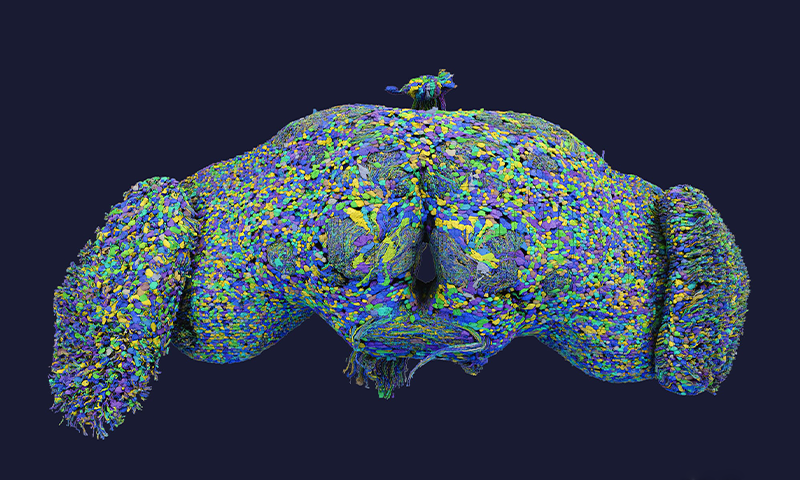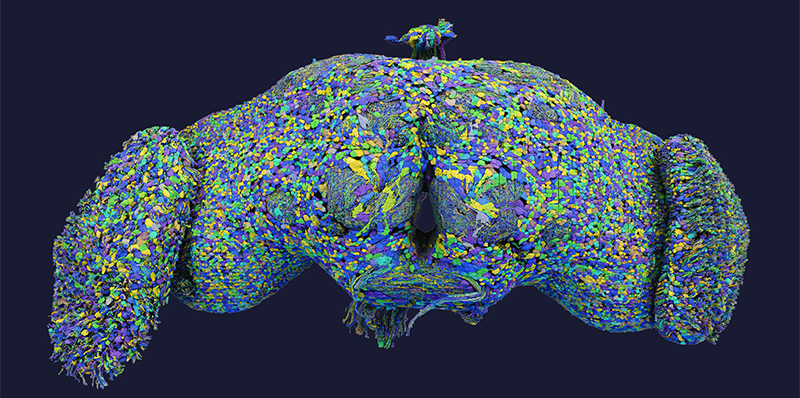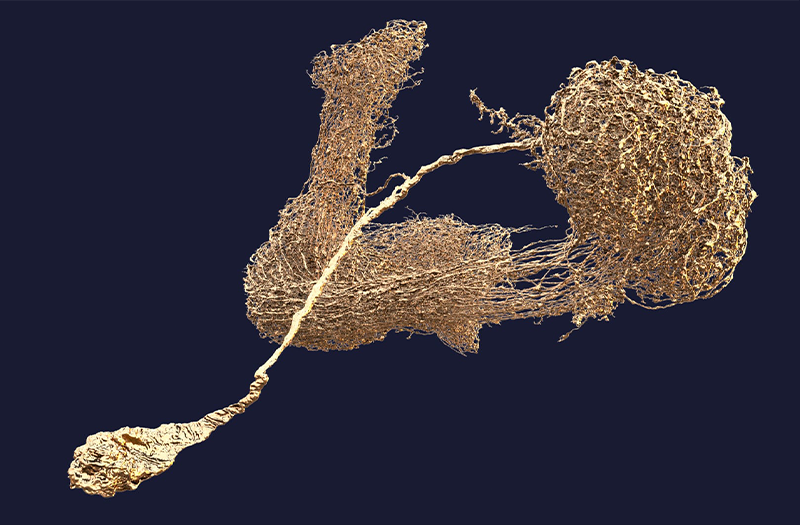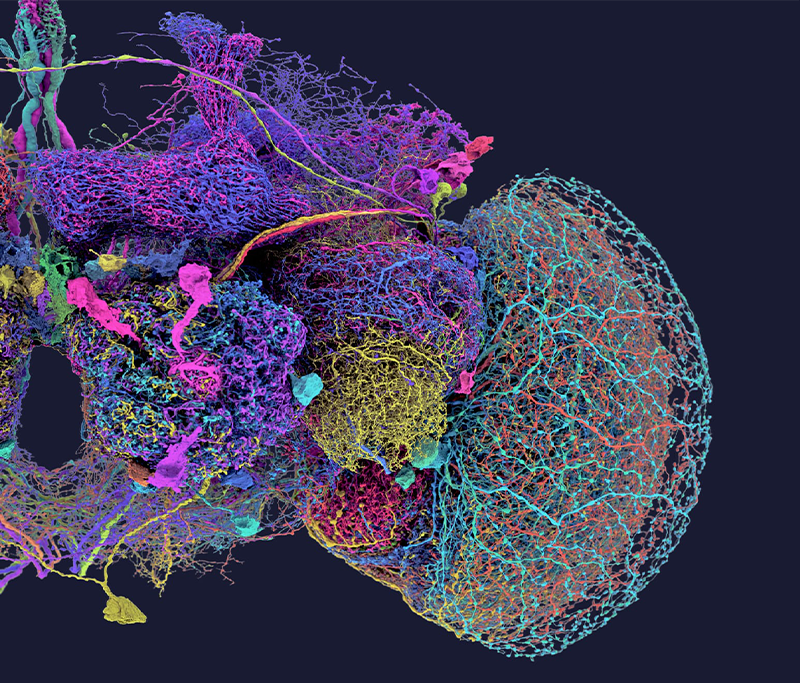"Informed AI News" is an publications aggregation platform, ensuring you only gain the most valuable information, to eliminate information asymmetry and break through the limits of information cocoons. Find out more >>
Detailed Brain Map of Fruit Fly Unveils New Insights into Neural Function
- summary
- score





In 1947, NASA sent fruit flies into space to test if they could survive the journey. These tiny creatures share 60% of our genetic code, making them ideal for such experiments.
A recent study in Nature mapped every one of the 139,255 brain cells in an adult fruit fly. These cells, connected by over 50 million synaptic connections, control everything from perception to action. The longest cells in the fly’s brain, if stretched out, would be 43 times longer than the fly itself.
Hundreds of scientists have spent over a decade creating this detailed map. They’ve identified over 8,000 cell types, 4,581 of which are new discoveries. This surpasses the 3,300 cell types identified in humans, many of which remain mysterious.
The study reveals how sensory signals prompt flies to walk, stop, or eat. Despite being 500 times smaller than humans and having a million times fewer neurons, this research offers profound insights into brain function.
Synaptic connections: Links between neurons that allow them to communicate.
Connectome: A comprehensive map of neural connections in the brain.
| Scores | Value | Explanation |
|---|---|---|
| Objectivity | 7 | Comprehensive and balanced reporting on scientific findings. |
| Social Impact | 4 | Significant scientific impact, influencing neuroscience research. |
| Credibility | 7 | Solid evidence from authoritative scientific sources. |
| Potential | 6 | High potential to advance neuroscience and brain research. |
| Practicality | 5 | Highly practical for advancing neuroscience research. |
| Entertainment Value | 3 | Moderate interest for science enthusiasts. |